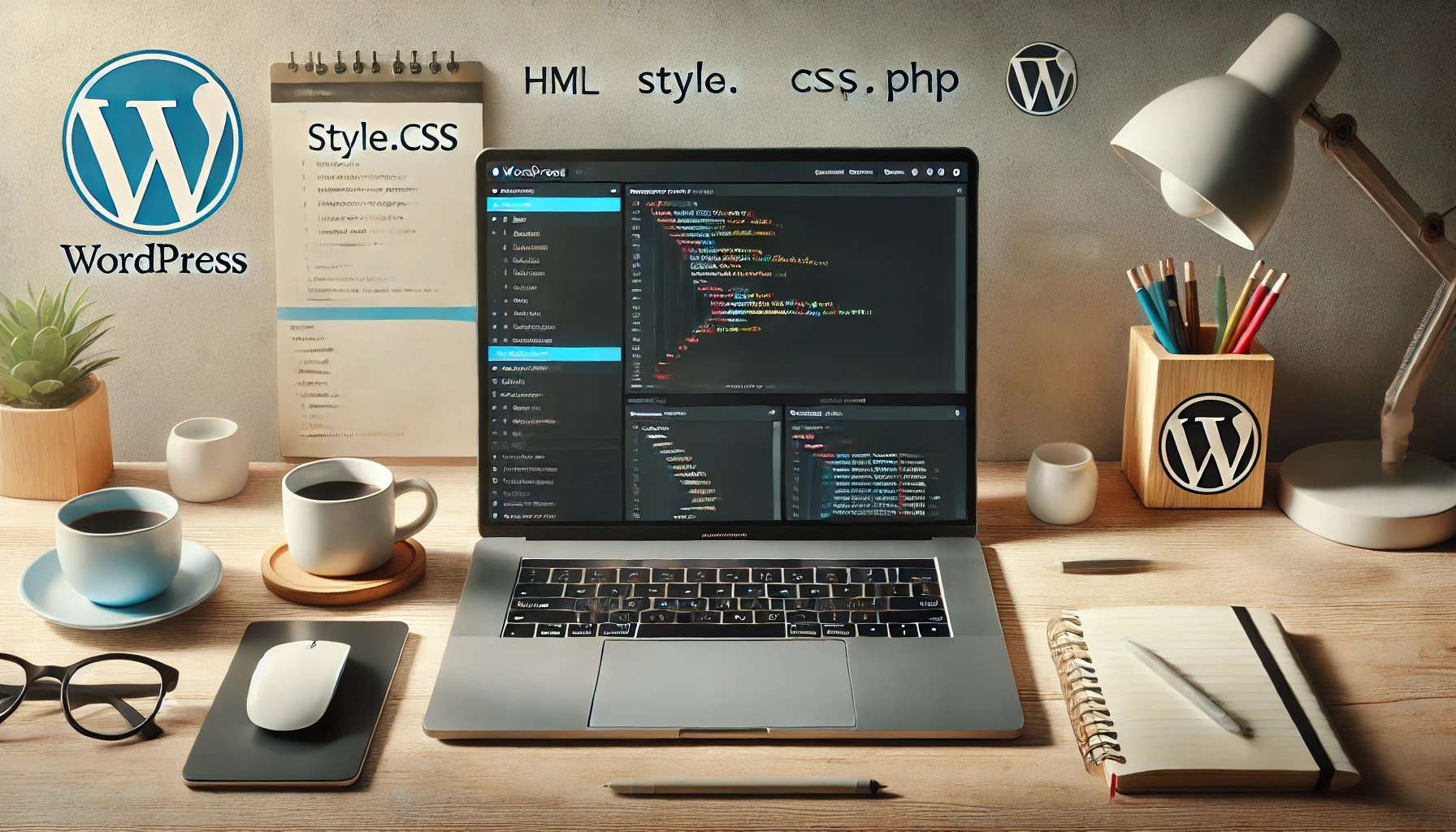15.06.2024
The Ultimate Guide to WordPress Development
Read more
Learn how to develop custom WordPress themes with our detailed guide. Unlock the secrets to creating unique and engaging website themes.

So, you've decided to dive into the world of WordPress theme development? That's awesome! Custom WordPress themes can set your website apart from the millions of others out there. Whether you're looking to create a unique design for a client or your own site, understanding how to build a theme from scratch will give you the flexibility and control you need. Let's walk through the process step by step.
A WordPress theme is a collection of files that work together to create the design and functionality of a WordPress site. These files include template files, stylesheets, images, and possibly JavaScript files. To learn more about WordPress themes, check the official WordPress Theme Developer Handbook.
It's easy to mix these two up. Themes are the overall design of your site, including colors, fonts, and layouts. Templates are the specific layouts for different pages. Think of themes as the wardrobe and templates as individual outfits. For a deeper understanding, refer to the Smashing Magazine article on template hierarchy.
Before you start coding, you'll need a few tools:
To develop your theme, it's best to set up a local development environment. This allows you to work on your theme without affecting a live website. Install WordPress on your local server and create a new site. For instructions, you can check the WordPress installation guide.
Create a new folder in the wp-content/themes directory of your WordPress installation. Name it something unique and descriptive, like my-custom-theme.
Every WordPress theme needs at least two files: style.css and index.php. Let's create these files in your theme folder.
The index.php file is the main template file for your theme. It's the fallback file for all your templates. Here's a basic example:
The functions.php file is used to add functionality to your theme. You can register menus, widget areas, and enqueue scripts here. For a comprehensive guide, visit WordPress Theme Functions.
Start with the basic HTML structure in your index.php. Use semantic HTML5 elements like <header>, <footer>, <main>, and <section> to organize your content.
In your style.css, add styles to design your theme. Use CSS to define colors, fonts, and layouts. Here’s an example to style your header:
The WordPress Loop is the core of any WordPress theme. It processes and displays each post. Here's an example loop:
Use template tags like the_title(), the_content(), and the_excerpt() to display post titles, content, and excerpts within the loop. Check the template tags documentation for more information.
The header.php file contains the HTML code for the top part of your site. It usually includes the site’s logo, navigation menu, and other elements that appear on every page. For further customization, see WordPress header documentation.
WordPress uses a template hierarchy to determine which template file to use for different types of content. For example, single.php is used for single posts, and page.php is used for pages. You can find the complete hierarchy in the WordPress Template Hierarchy guide.
You can create custom templates by adding new files to your theme folder. For example, create a page-about.php file for a custom About page template:
In your template files, display widgets using dynamic_sidebar():
In your template files, display the navigation menus using wp_nav_menu():
JavaScript can add interactivity to your theme. Create a scripts.js file in your theme folder and add your scripts. For more on JavaScript in WordPress, visit WordPress JavaScript documentation.
In your functions.php file, enqueue your JavaScript file:
Design your theme to be responsive, ensuring it looks good on all devices. Use media queries in your CSS to adjust the layout for different screen sizes. Learn more about responsive design on W3Schools.
Test your theme on various devices and screen sizes to ensure it’s fully responsive. Use browser developer tools and online services like BrowserStack to test across different platforms.
Common issues in theme development include missing template files, incorrect paths, and unregistered functions. Check your code for typos and ensure all files are correctly named and placed.
Enable WordPress debugging by adding the following to your wp-config.php file:
This will log errors to a debug.log file, helping you identify issues quickly. More debugging tips can be found in the WordPress Debugging Guide.
Congratulations! You've taken the first steps toward developing your own custom WordPress theme. With practice, you'll be able to create beautiful, functional themes tailored to your needs. Don't forget to regularly check the WordPress Developer Resources for the latest updates and best practices. Happy coding!
For further reading, check out our articles on: